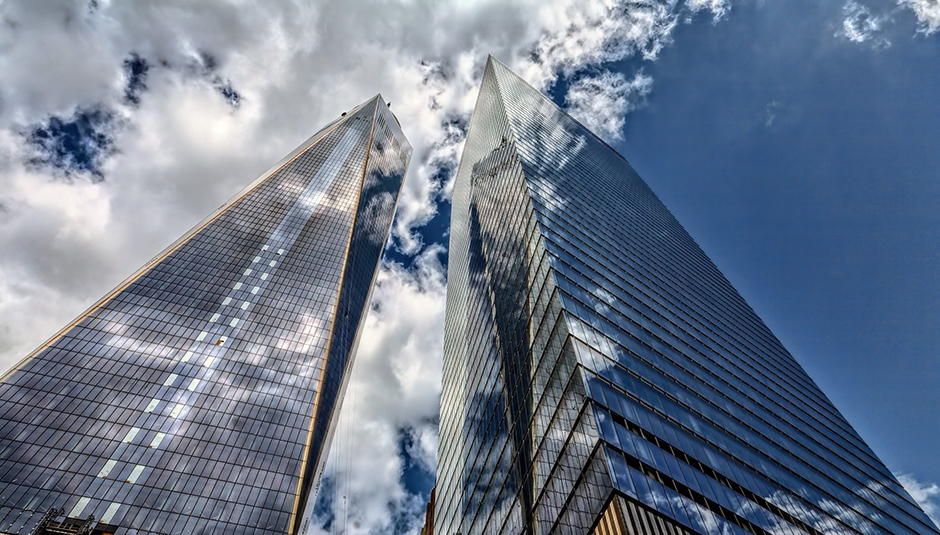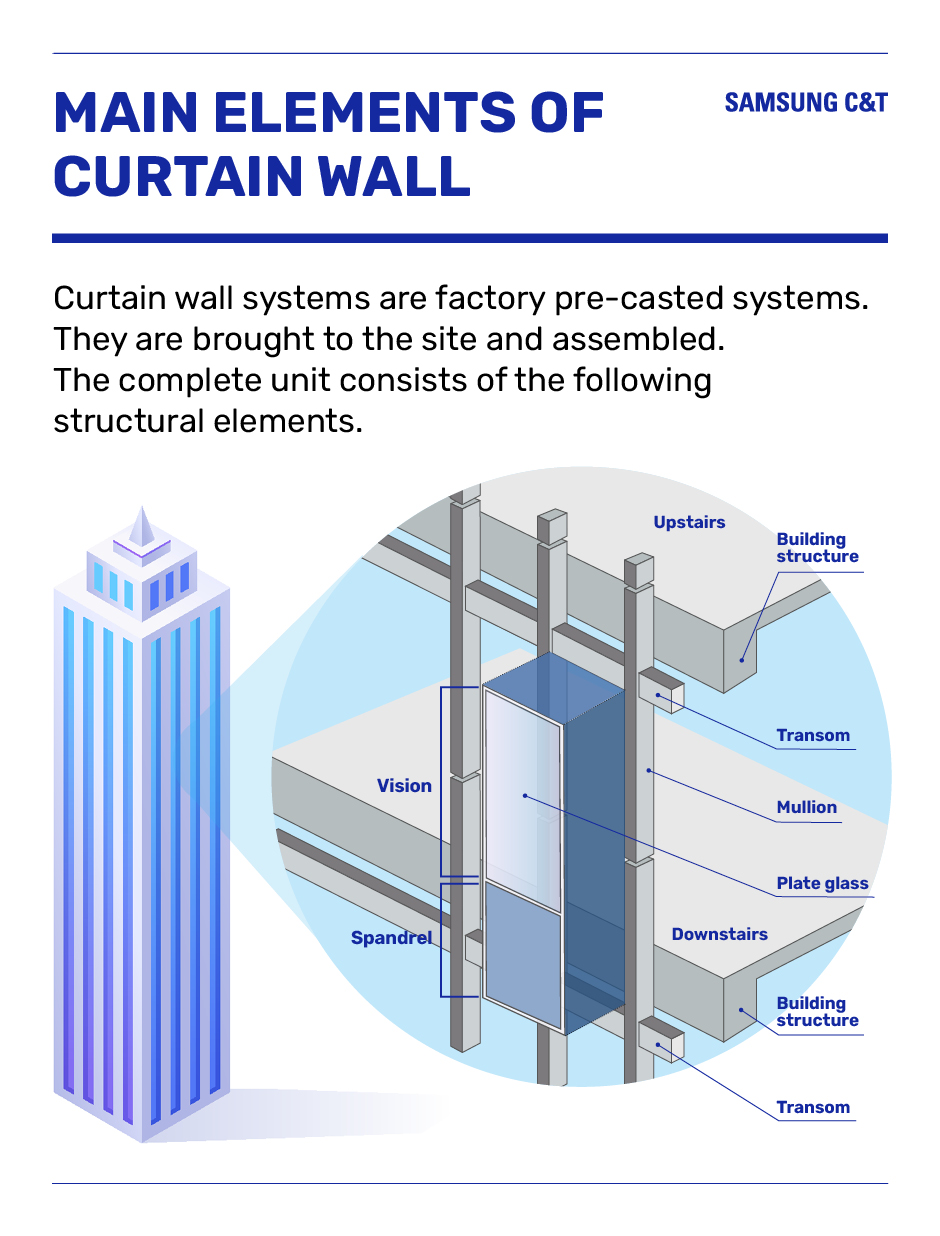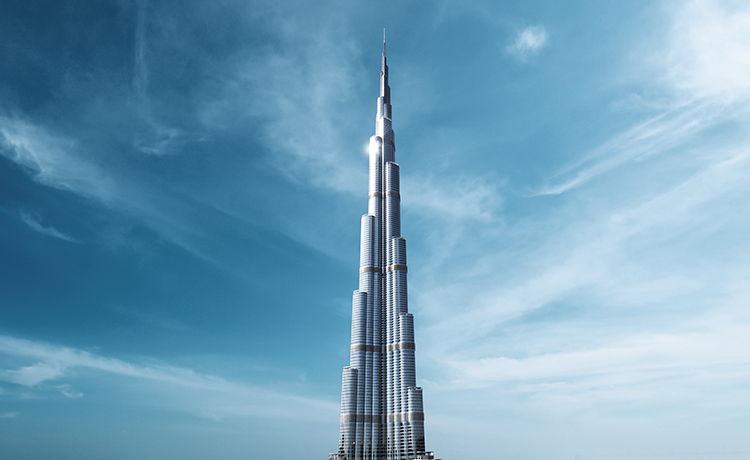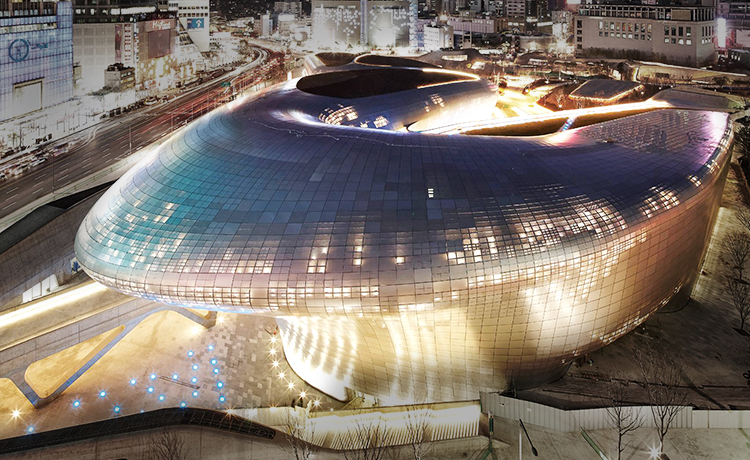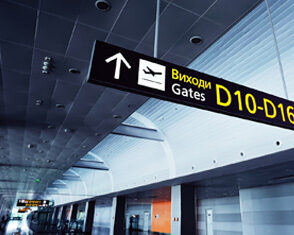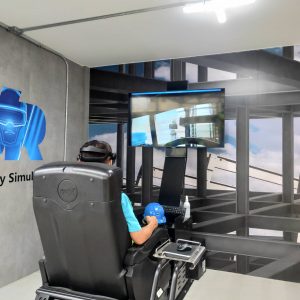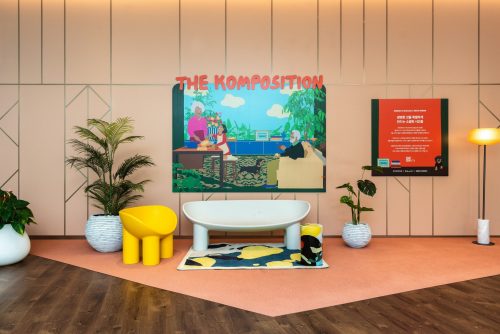In February we took a look at the history and uses of architectural glass that makes cities shine. What many modern urban glass buildings have in common is that their external facades have been constructed using the curtain wall method. This article will shed light on why curtain walls are so common.
Curtain opener: What is a curtain wall?
As modern construction techniques developed, it became possible to hold up the weight of a building’s floors, roof, and walls using columns and internal structure so that no significant burden was placed on its outer walls. A curtain wall is therefore not a load-bearing structure, but a surface that sits or hangs, like a curtain, from a building. While the weight of the building is supported by its pillars and beams, the curtain wall simply divides the interior of a building from its exterior.
The four major advantages of using a curtain wall for the exterior of a high-rise building is because it lightens the building’s overall weight, because it saves construction time and cost, because such a building can be more resilient and high-performing than one with load-bearing walls, and because the building’s facade is more aesthetically pleasing.
The basic structure of a curtain wall means that mass production is possible off site, so that it can be easily installed on site. This is especially advantageous when constructing tall buildings because it is difficult to assemble scaffolding that reaches above 100 meters in height. Furthermore, unlike a structural wall, a curtain wall can be relatively easily repaired, changed, or updated. Also, functions such as soundproofing and heat insulation can be added to a curtain wall so that the building looks good without compromising the quality of life for those within it.
Structure and composition of a curtain wall
Typically, a curtain wall is attached to the exterior of a building by a metal framework, which is nowadays often made from extruded aluminum. The framework transfers the weight of the curtain wall to the building’s structure. Making up the framework are vertical supports called mullions and horizontal bars called transoms.
Connected to the framework are panels of either vision glass or spandrel panels. The vision glass is transparent, allowing people to look in and out, and is often insulated. Spandrel panels are nontransparent pieces that cover areas where glass is not desired, for example floor slabs.
In modern city architecture, the modules of a curtain wall’s structure use a lot of glass, in particular composite glass, in which several layers are bonded together.
The curtain wall in practice: Some examples from Samsung C&T E&C Group
Construction industry leader Samsung C&T Engineering and Construction Group has considerable experience in building striking curtain walls.
A prominent example is the Burj Khalifa in Dubai. The construction of the exterior of the world’s tallest building was a high-level project that required the consideration of complex factors such as climate, pressure, and weight load. The top of the Burj Khalifa sways 1.5 meters from side to side in strong winds, and the volume and dimensions of its building materials increase in the heat of its desert location. In addition, given the sandstorms, it is important that there not be even the tiniest gaps between the glass panels of the curtain wall. Samsung C&T E&C worked assiduously to create a stable and safe curtain wall for those conditions.
Resembling a flying saucer, Seoul’s Dongdaemun Design Plaza is the largest building of its kind in the world. Its atypical structure can be seen in its external shell that is a 3-dimensional curved curtain wall, which gives this unique building its curved, flowing shape.
Curtain walls have been employed in the construction of the Star Residence and Petronas Towers in Kuala Lumpur, Malaysia and the Taipei 101 in Taiwan, currently the 10th tallest building in the world.
In this era when people continuously seek to build unique structures, curtain walls are likely to remain the focus of attention in the construction industry. Samsung C&T Engineering & Construction Group constantly strives to create more buildings that are both beautiful and high-performing, so it will definitely lead the way in the use of curtain walls in the coming years.


